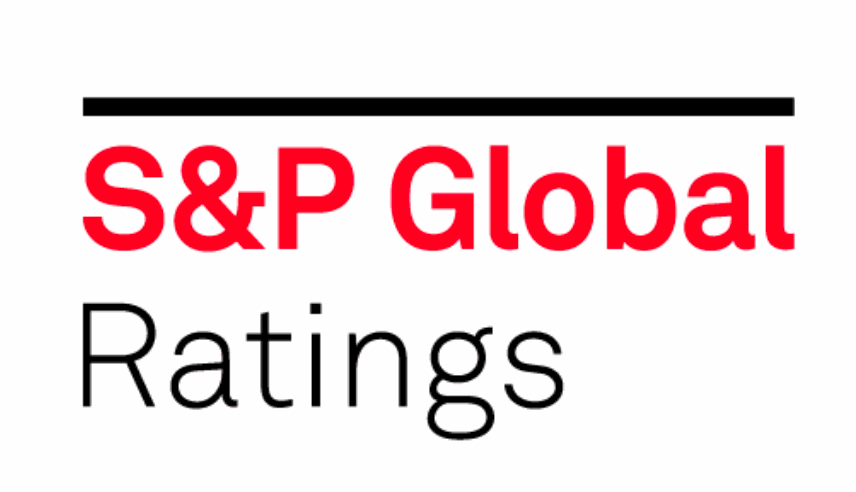S&P: Re/insurer use of third-party capital & ILS will continue to grow

The use of third-party capital by reinsurance companies is expected to remain a key lever for the sector, as they seek to expand and take advantage of increasing demand for their coverage, S&P Global Ratings has said.
The cost of retrocession is one of the key risks S&P cites, when it analyses the reinsurance sector.
The rating agency sees the risk from retrocession cost as elevated for reinsurers, alongside controlling their costs of capital to keep coverage accessible and effective.
Third-party capital is playing an important role for the global reinsurance community on both these fronts, as a key provider of retrocessional protection, but perhaps more importantly as a lever that reinsurers can use to keep their own costs of capital under control.
In fact, third-party capital is playing an increasingly important role for both insurers and reinsurers.
S&P notes that primary property and casualty insurers are facing elevated natural catastrophe losses in recent years, which has driven many to increase their rates.
The rating agency warns that this could result in less protection for homeowners, as insurers look to manage and control their nat cat exposure through underwriting actions.
Reinsurers pulling-back from providing lower-layer coverage has now had a significant effect on the sector, in P&C insurers retaining more of their catastrophe and weather losses.
But, at the same time, the growth of the catastrophe bond market is helping insurers at higher layers of their reinsurance towers and becoming an increasingly important capital lever for the sector as a result.
Alternative capital, through third-party investor backed instruments from catastrophe bonds, to sidecars and ILS funds collateralized contracts, is a vital capital lever for both reinsurers and primary insurers today.
Alternative and third-party capital helps reinsurance carriers to moderate their exposures, both through direct retro protections and through risk sharing structures, all of which enables the reinsurers to enhance and put their underwriting capacity to greater use.
Interestingly, S&P notes that rising interest rates have not put off ILS investors.
“Nat cat exposure is attractive to third-party capital providers–such as sovereign funds, private equity, and hedge funds, among others–because it’s a source of portfolio diversification that isn’t correlated with factors such as interest rates, and it offered promising returns while interest rates were low,” the rating agency explained.
Continuing, “As interest rates have climbed, third-party capital providers have maintained their appetite for the uncorrelated risk that nat cat offers while becoming more selective about the insurers and reinsurers they work with–especially in terms of underwriting, profitability, and enterprise risk management.
“We believe investors will continue to favor cat bonds over other insurance-linked securities because they have better structure, clearer coverage, and more liquidity compared with other forms of insurance-linked securities.”
Many observers and participants in the reinsurance market had presumed alternative capital would exit due to the higher risk-free rates, but in fact the opposite has been true.
The catastrophe bond market has grown at its fastest pace in history during the higher rate environment we’ve seen over the last few years and while the private ILS side remains relatively static in size, it hasn’t really shrunk much and in fact with trapped capital being released it could in fact be providing more limit capacity now than it was a couple of years ago.
Why? Because the reason third-party capital has been attracted to reinsurance hasn’t changed, the diversification it offers as an asset class is clear.
But, at the same time, being able to access that diversification through an asset that is floating rate, so delivers a risk-free return on collateral as well, in fact makes it even more appealing to investors that want to participate at the higher-layers of reinsurance towers, where catastrophe bonds and lower-volatility private ILS arrangements play.
Concluding, S&P explains that, “We expect third-party capital to continue to grow and to remain an important way for reinsurers to effectively manage and reduce their exposure to catastrophe risk, helping them to meet strong demand for coverage.
“Moreover, the use of third-party capital has been expanding into other lines, such as cyber and mortgage insurance.”






